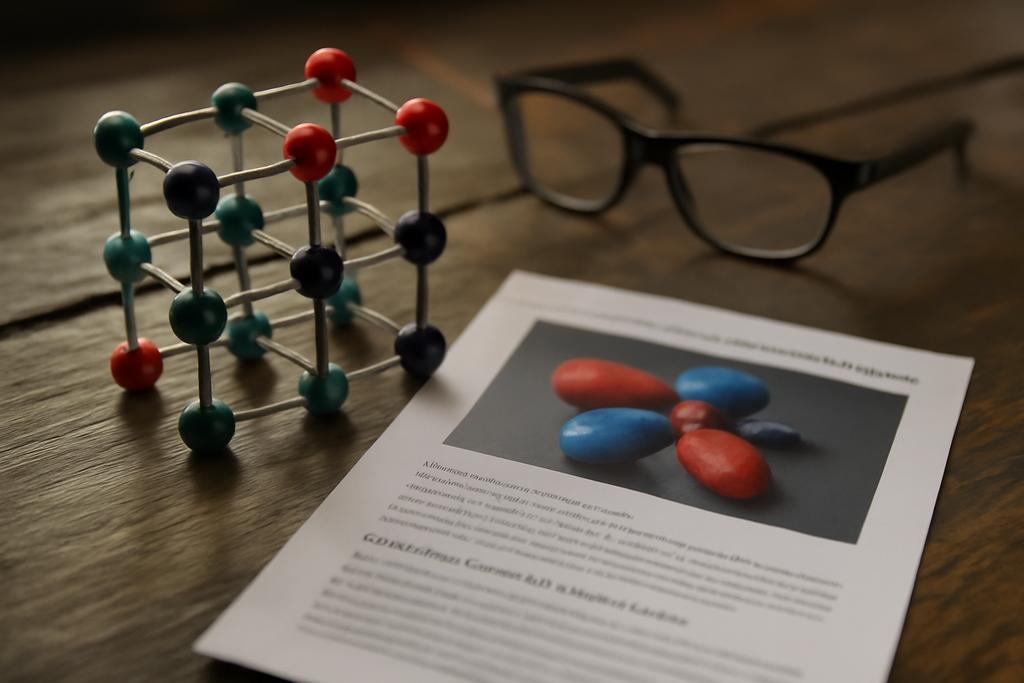Why Spin States Matter More Than You Think
Spin-crossover (SCO) molecules are like molecular chameleons. They can flip between low-spin and high-spin states, dramatically changing their magnetic, optical, and chemical properties. This switch is not just a party trick; it’s the foundation for promising technologies in energy storage, sensors, and even carbon capture. But to design better SCO materials, scientists need to predict exactly when and how these spin flips happen — a task that hinges on accurately calculating tiny energy differences between spin states.
The Quantum Chemistry Toolbox and Its Limits
At the heart of predicting SCO behavior lies the challenge of electronic structure calculations. Wavefunction-based methods like CASPT2 or coupled cluster are gold standards but come with a hefty computational price tag. Density Functional Theory (DFT), a more affordable alternative, often struggles with strongly correlated electrons, especially in transition metals like iron.
To bridge this gap, researchers add Hubbard corrections (DFT+U) to better capture electron localization. The Hubbard U parameter penalizes fractional electron occupancy, nudging electrons to behave more realistically. Hund’s J term, meanwhile, accounts for the exchange interaction favoring parallel spins, a subtle but crucial effect in magnetic systems.
Hund’s J: Friend or Foe?
In theory, including Hund’s J should improve predictions by refining how electrons with parallel spins interact. But the team led by Lórien MacEnulty and colleagues at Trinity College Dublin and Université Grenoble Alpes found a surprising twist. When applying the conventional, positively signed Hund’s J term in DFT+U+J calculations on a series of iron(II) SCO molecules, the results actually got worse compared to using just the Hubbard U correction.
This counterintuitive outcome suggests that Hund’s J, as currently implemented, can push the energy calculations away from the accurate benchmarks provided by high-level quantum chemistry methods. The culprit? Hund’s J tends to overstabilize the low-spin state, exaggerating the energy difference and skewing predictions.
Flipping the Sign to Fix the Problem
Inspired by recent theoretical insights from the BLOR functional — a newer Hubbard-like approach — the researchers experimented with flipping the sign of Hund’s J in their calculations. This “negative J” variant isn’t a standard practice but served as a proof of concept.
The results were striking. Using a negative Hund’s J term reversed the bias, bringing the computed energy differences much closer to the trusted CASPT2/CC reference values. This suggests that the conventional Hund’s J term, while physically motivated, may not be the right fit for these strongly covalent, spin-crossover systems.
Why Does This Matter?
Spin-crossover materials are poised to revolutionize several fields, from eco-friendly gas capture to next-generation electronics. But designing them requires reliable computational tools that can predict their behavior without breaking the bank.
The study from Trinity College Dublin and Université Grenoble Alpes exposes a fundamental limitation in a widely used computational approach. It highlights that blindly applying Hund’s J corrections can mislead researchers, potentially steering material design efforts off course.
More importantly, it opens the door to refining these methods. By understanding where and why Hund’s J fails, scientists can develop improved functionals that better capture the delicate balance of electron interactions in SCO molecules.
The Road Ahead: Toward Smarter Simulations
The authors emphasize that the best current practice is to use the same Hubbard parameters for both spin states rather than tailoring them individually — a pragmatic choice that leverages error cancellation. But the real breakthrough will come from new functionals that incorporate Hund’s exchange effects more accurately, especially in systems where electron correlation and covalency are strong.
Future work could extend these insights to complex materials like Prussian Blue analogues, which are promising SCO solids with applications in batteries and sensors. Achieving reliable, computationally feasible simulations for such materials would be a major leap forward.
In Essence
This research peels back the curtain on the nuanced role of Hund’s J in Hubbard-corrected DFT calculations for spin-crossover chemistry. It reveals that sometimes, well-intentioned corrections can backfire, and that progress demands questioning even the most established assumptions. As we refine our quantum tools, we get closer to designing materials that can switch their spin — and their function — on demand.










